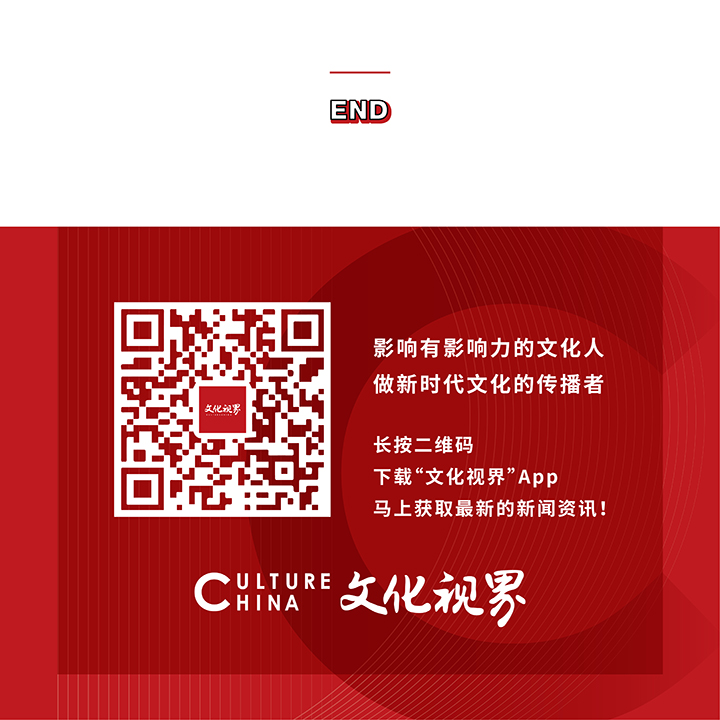


何汶玦个展
He Wenjue Solo Exhibition
展期
Duration
2024.6.15 - 2024.7.14
地点
Venue
芳草地画廊
Parkview Green Art
北京市朝阳区东大路9号
侨福芳草地B座LG2-K-14 (100020)
No. K-14, LG2 Floor, B Tower,
Parkview Green FangCaoDi,
No. 9 Dongdaqiao Road,
Chaoyang District, Beijing, China (100020)
目前,“何汶玦个展”正在北京市芳草地画廊举办,展期至7月14日。围绕展览的陶瓷作品、创作的灵感、创作的初衷、材料的选取等问题,芳草地画廊与艺术家何汶玦展开了一场对话。
采访者:芳草地画廊
艺术家:何汶玦
Part.1
与陶瓷的相遇
Approaching Ceramic
采访者:何老师您好。在本次展览中,除了让人赏心悦目的琉璃作品《百财》外,您选择展出了四个系列的陶瓷作品。您什么时候开始接触这个陶瓷这个材料并创作的?
Master He Wenjue, welcome to our gallery for this interview. In this exhibition, in addition to the coloured glaze work "Gathering Wealth", you have decided to display four series of ceramic works. When did you start working with this material?
何汶玦:已经十几年前了。
Already 10 years ago.
采访者:请问您为什么对陶瓷这个材料感兴趣呢?
Why are you interested in ceramic?
何汶玦:我第一次接触陶瓷是去泉州参加一个“一带一路”的活动。泉州是海上丝绸之路的起点嘛,当地政府组织了全国一些知名艺术家到那边去学习交流,我在里面年纪比较小,对陶瓷什么都不懂,所以通过这个活动便接触到了陶瓷。然后我就萌生了做《365天》这个作品。
The first time I came into contact with ceramic it was when I went to Quanzhou to take part in an initiative related to the "One Belt One Road" project. Quanzhou was a stop on the Maritime Silk Road. The local government invited some well-known artists from different parts of China to go there for a study exchange. I was relatively young and didn’t know anything about ceramic, so I came into contact with this material through this activity. Then I came up with the idea of making "365 Days".
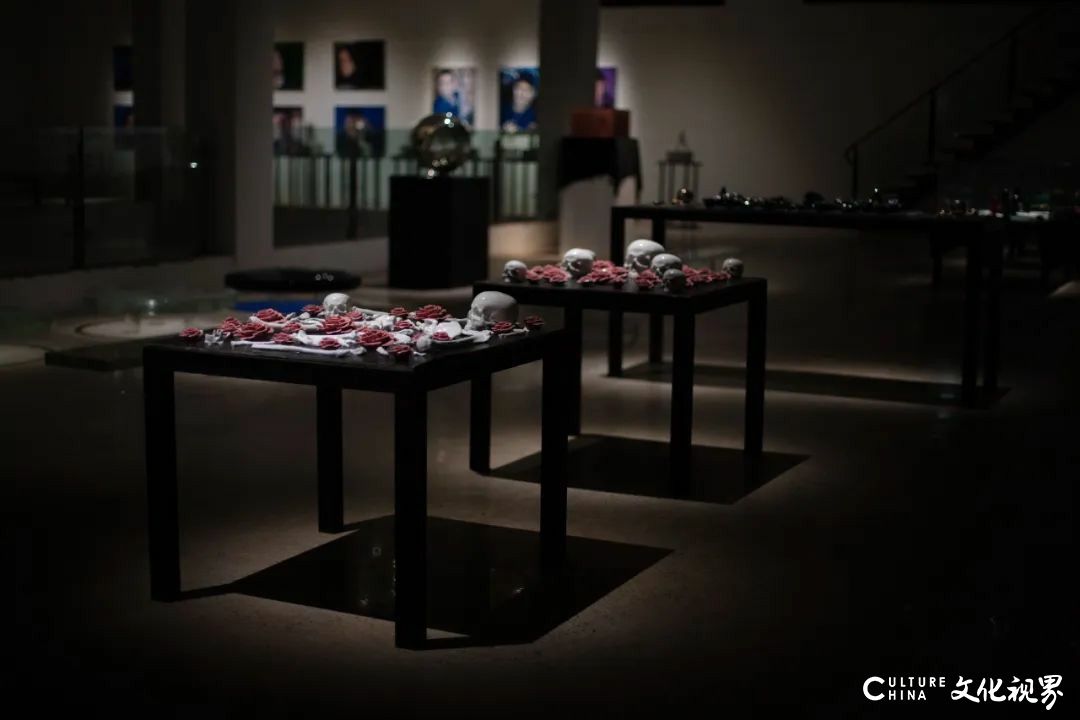
Artist's studio © He Wenjue
采访者:所以《365 天》是您第一个用陶瓷创作的作品吗?
So "365 Days" was your first work made of ceramic, right?
何汶玦:对,是我第一个用陶瓷创作的想法。我创作这个作品过程可以算是文思泉涌,而且做了好几年,因为365天就是365个画面,每天都不一样。
Yes, it is my first idea for a creation in ceramic. My creative process is like a thread of ideas coming out like water from a spring. I have been working on it for several years: because “365 days” can be depicted as 365 images, every day is different.
采访者:能简单介绍一下这个作品吗?
Could you talk about this work?
何汶玦:这是一个关于欲望的作品,将每一天比喻成欲望的各种动作的形式。
This work is about lust: every day metaphorically becomes the expression of different forms of lust.
Part.2
创作的核心
Creation Core
采访者:您在这次展览中展出的这些陶瓷作品,灵感是从何而来的呢?有受到古代器物的启发吗?
Where did you find inspiration for the ceramics that you displayed in this exhibition? Did ancient artifacts inspire you?
何汶玦:没有!都是我自己想象的。
Not really, the inspiration stemmed from my imagination.
采访者:或者会从陶瓷历史中去找一些灵感吗?
Did you find inspiration from the history of ceramic?
何汶玦:完全没有。景德镇现在大街小巷都是同样的东西,画个鬼谷子下山,画个民间故事,画个梅花,还去临摹古代的东西,那就俗气了。
Absolutely not. Nowadays, in places like Jingdezhen, both in the main street and in the small alleys, you can basically find the same things. To draw a ghost going down a hill, to represent a folk tale or a plum blossom, to copy ancient things it would be vulgar.
采访者:所以,您对于陶瓷材料的运用会基于某一个特定的主题吗?
So, is the usage of ceramic based on a specific subject matter?
何汶玦:会的,我必须脑海里面有东西,我才去做这件事。
Yes, given that the execution of a certain work of art starts with an idea in my mind.
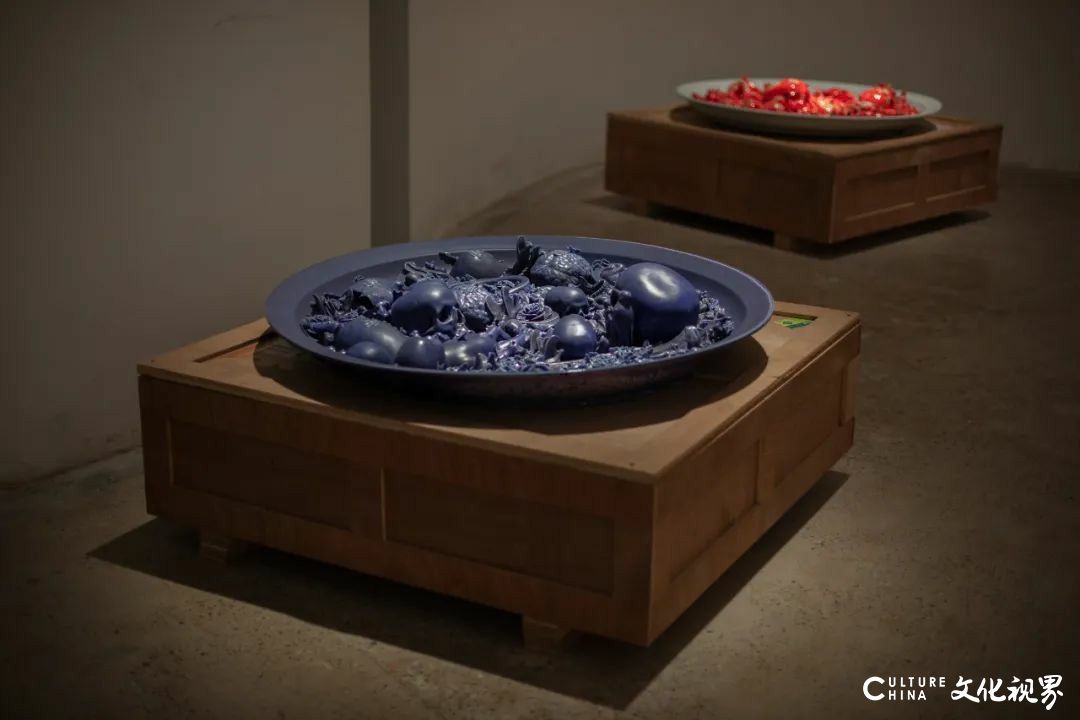
Part.3
创作的灵感
Inspiration
采访者:在您身后这一系列器皿形状的作品,您把它们命名为《死亡的裂痕》,我在器皿中间看到有一些含有宗教意味的图案。您能分享一下创作这件作品的故事吗?
In the series of works titled "Cracks of Death", I can see some patterns characterized by religious connotations. Could you share some stories behind the creation of this piece?
何汶玦:这一组作品是我在巴厘岛创作的。那一年我参加第四届国际陶瓷双年展,国际组委会邀请我去巴厘岛待了一个月。当时我什么也没带,也没做任何创作的准备。于是我就跑到街上转悠,了解当地的风土人情,看有什么东西值得我去创作的。在这个过程中,我会确定一条创作主线,比如欲望、死亡等等,同时也结合我自己的想象。
I created this group of works when I was in Bali. That year, I took part in the 4th International Ceramic Biennale: the international organizing committee invited me to Bali for one month. That time I didn’t bring anything with me and I did not make any creative preparation. Strolling around the streets, I had the chance to understand local customs and habits, while checking whether I could find some inspiration for my creations. During this process, I set some creative themes like eroticism, death, while also feeding my imagination.
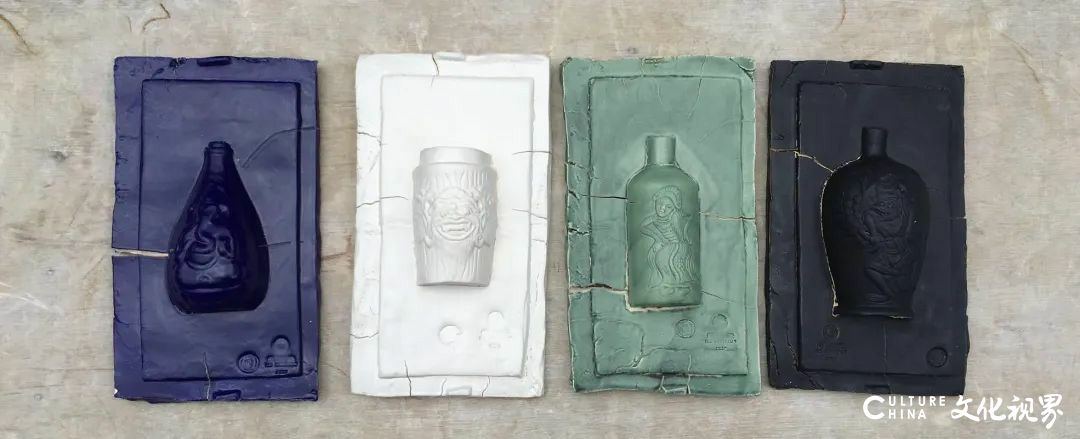
死亡裂痕 Death Cracks, 2016
瓷 Porcelain,
34 × 20 × 8 cm × 11pcs
我在当地找到了一些酒,酒瓶上的每一个图腾都不一样,我想这应该是巴厘岛这里特有的图腾和文化,于是我就把这些酒瓶直接压在瓷泥模上,把这个做成画板,看上去很古朴,很有韵味,很有意思。酒瓶代表了人对酒精的痴迷,宗教图腾的诉求则是永恒,它建构出一个新的生死观,告诉人们死亡并不是生命的终结。
I found some bottles of local spirits with different iconographies and totems typical of Balinese local culture, so I pressed these bottles directly on the porcelain clay mold turning them into drawing boards: they looked simple but also charming and interesting. The bottle represents people's obsession with alcohol, and the appeal of religious totems represents eternity. It suggests a new conception of life and death, prompting people to think about the fact that death is not the end of life.
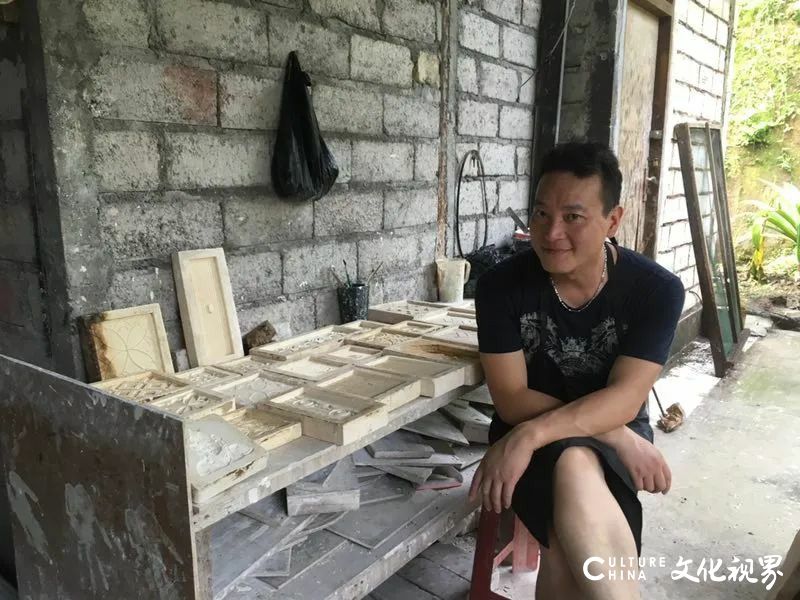
Artist © He Wenjue
采访者:这些图腾是酒瓶上的装饰吗?
These totems were decorations over the bottles, is this correct?
何汶玦:是的。
Yes.
采访者:在您的作品中有大量关于死亡主题的创作,请问您是基于怎样的思考呢?
In many of your works, death is a recurrent theme, could you talk about this?
何汶玦:我觉得死亡是每个人都要面对的,而且它很美,它是一个重生。是一个循环,是自然界的一个循环。
We are all meant to face death, it can be fascinating and it can represent a sort of rebirth. It reflects the cyclical character of the natural world.
采访者:您是从什么时候开始对这个死亡这个主题感兴趣的?有没有什么契机?
When did you first become interested in the theme of death? Was there a specific moment?
何汶玦:我也忘了,从小画画就会接触到骷髅元素,就会想这些东西,联想到死亡。我觉得是自然而然的。
I even forgot about it: since I was very young, I used to draw skulls, naturally thinking about death.
采访者:《涅槃》这个系列的作品,是一个巨大的器皿中放了一些人的骸骨,还有一些鲜花。请问创作它的初衷是什么?
In the series "Nirvana", a huge vessel contains some human bones and some flowers. What was the original intention behind its creation?
何汶玦:我其实觉得它是一种重生,是在极乐世界中的一种美好。这些元素都有一种隐喻性的东西在里面。
I think that it is a form of rebirth, a beautiful condition in the paradise. These are all metaphorical elements.
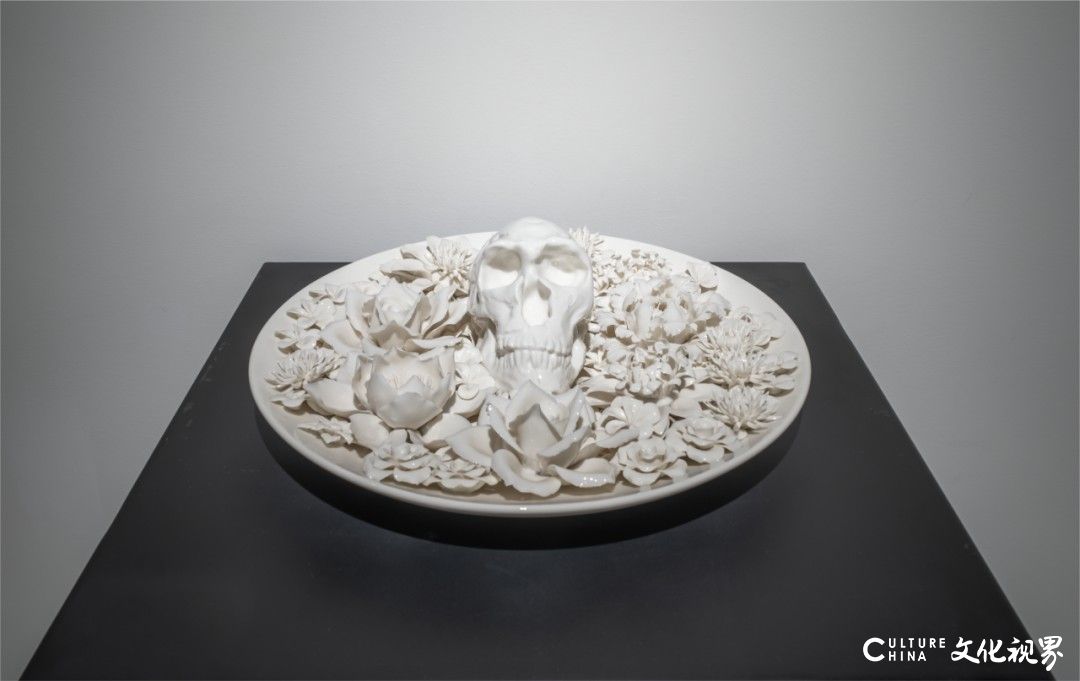
涅槃 Nirvana, 2016
瓷 Porcelain,
41×41×15cm
采访者:那您为什么要用一个巨大的盘子把它盛起来?这个尺量已经超出咱们日常的使用范围了。
Why did you use a large container to gather them? These dimensions are way larger compared with those of the real object.
何汶玦:其实还有比这个尺寸还大的盘子,我觉得就是单纯的视觉冲击力。
I actually have even larger containers: it’s mainly for the visual impact.
采访者:像这种陶瓷类的作品,它的成品率很低的是吗?
Is it true that the yield rate of these ceramic works is very low?
何汶玦:这种盘子很低的。它会炸,因为要把全部的东西放在里面一起烧,它很容易烧裂。虽然很多做陶的人讲究不能有一点点裂痕,但我觉得有裂依然会很好看。
True, it has a very low-yield. You put many things in it and it might burst easily. Although many people who make pottery are careful about not having any cracks, I think cracks will still look good.
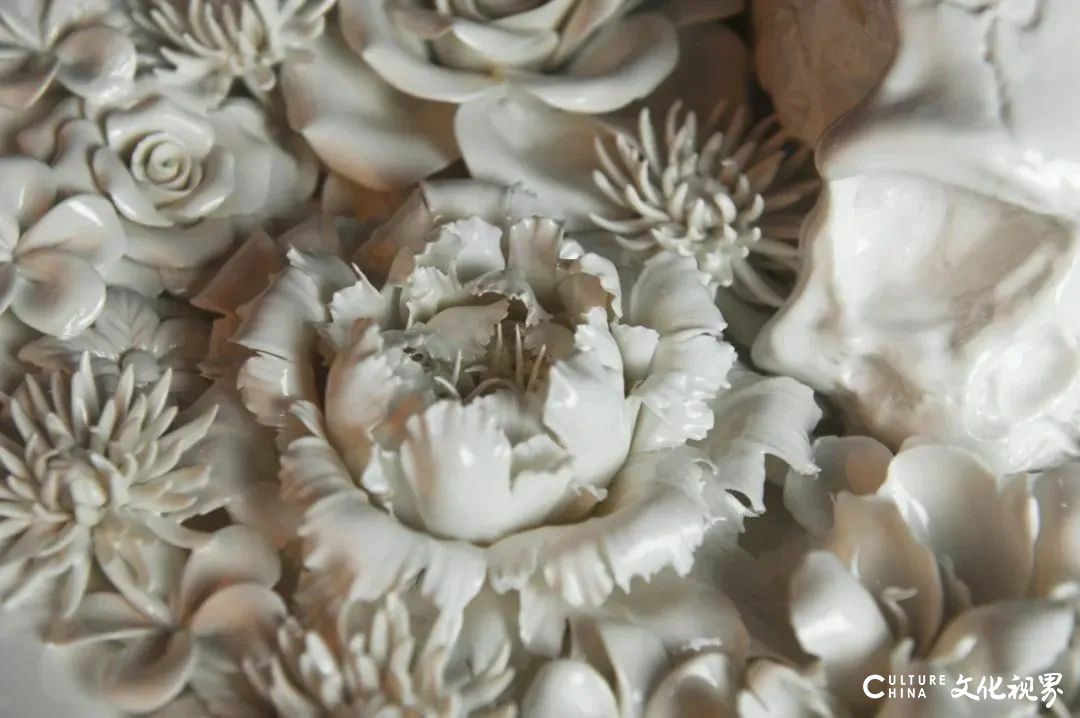
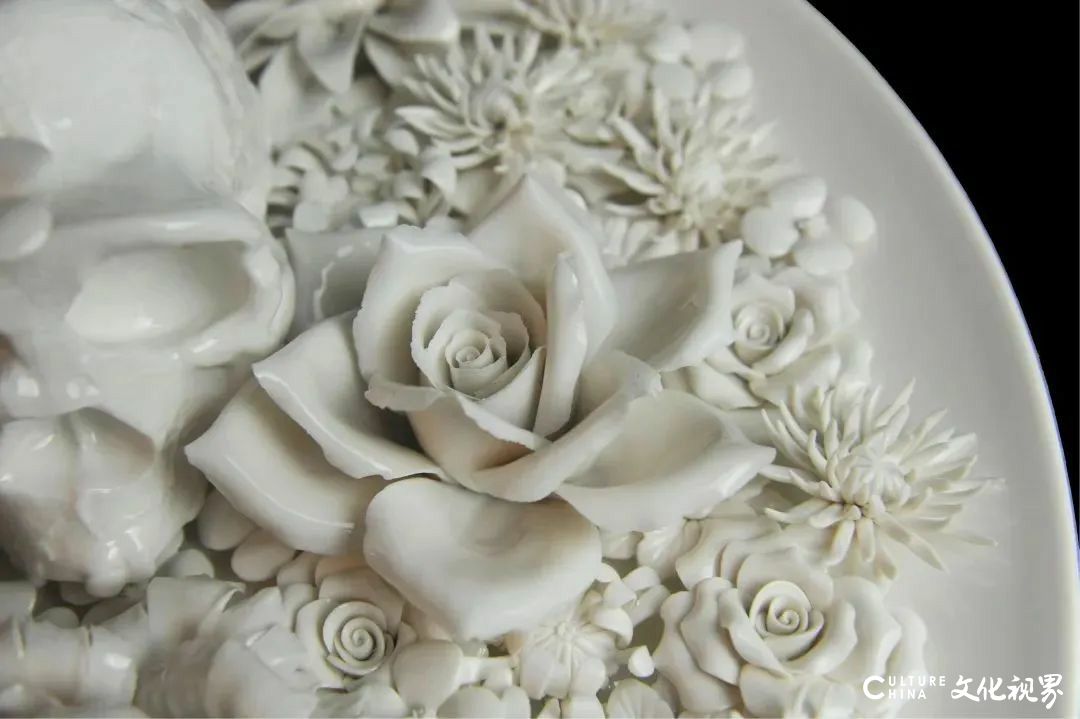
采访者:请问您在选材上是否会相对来说比较自由一点?您会不会基于某一个特定的主题来选材。还是说一个主题可以尝试很多种材料?
Is it possible to say that in the selection of materials you are relatively free? Does a certain subject matter determine the material or for a specific subject matter different materials can be used?
何汶玦:我会根据一个主题尝试很多材料,因为材料是需要配合作品最终的呈现效果的。
For a specific subject matter I can try different materials: material is subject to the final visual effect.
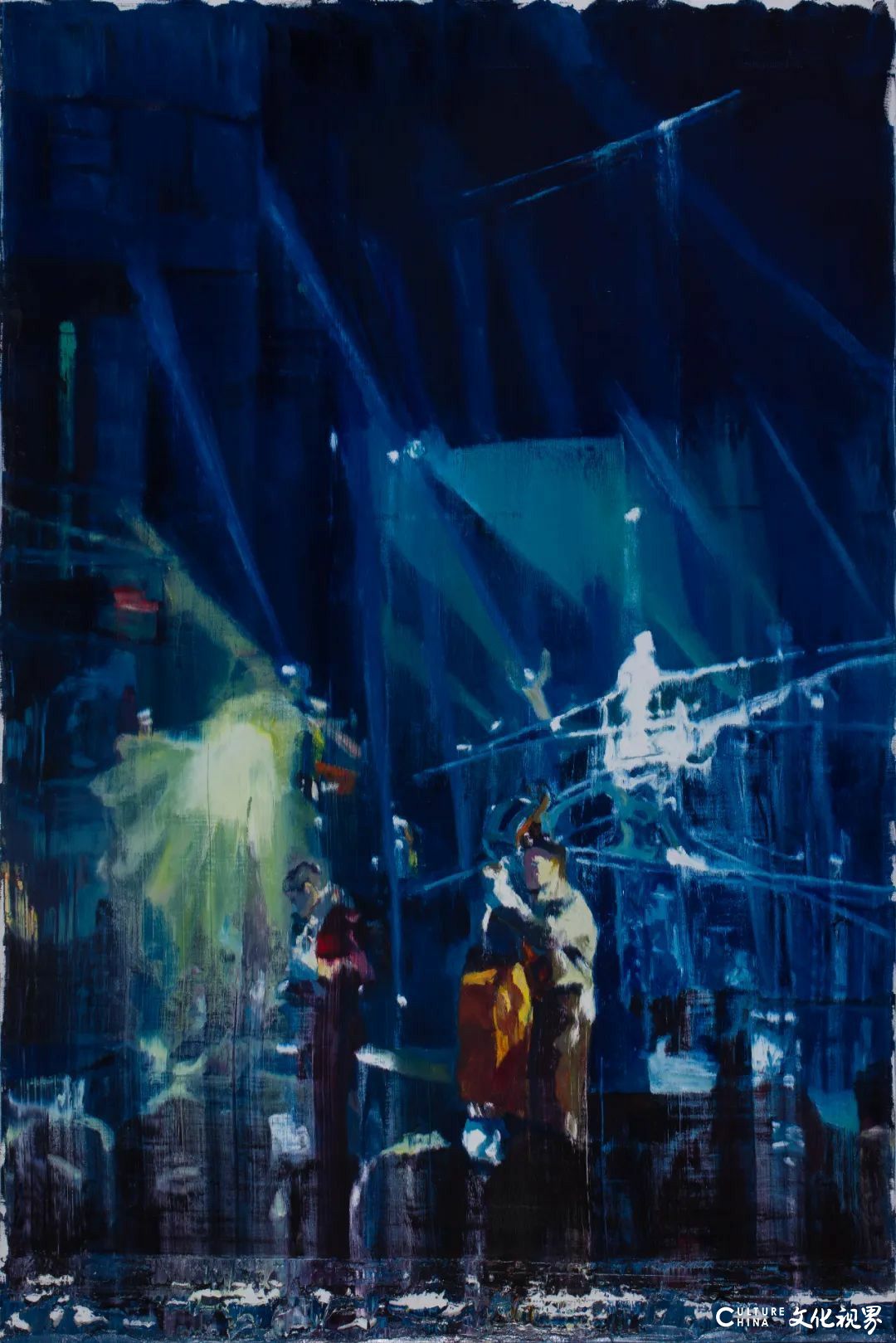
日常影像-太阳马戏团 Daily Images-Cirque du Soleil, 2014
布面油画 Oil on canvas,
200 × 300cm
采访者:对于您来说,雕塑和绘画,您更喜欢哪个?
Do you prefer sculpture or painting?
何汶玦:早期是油画。那时候不喜欢雕塑,我喜欢画画,就只画画。但现在我会更喜欢雕塑。这就是一种转变。也不是说我的绘画有多好,但我画画太熟练了。我现在画得很少很少,更多的精力都放在雕塑和装置上了。
At an early stage I used to prefer oil painting: at that time, I really like painting, but now I prefer sculpture: it is a turning point. I am very familiar with painting as a medium. Now I rarely paint and I tend to mainly focus on sculpture and installation.
采访者:您的意思是因为画得太熟练,所以没有新鲜感了吗?
Is it because you have been working with painting for a long time that you lost this feeling of newness?
何汶玦:多少有点吧。
More or less.
(来源:芳草地画廊)
艺术家简介
About the Artist
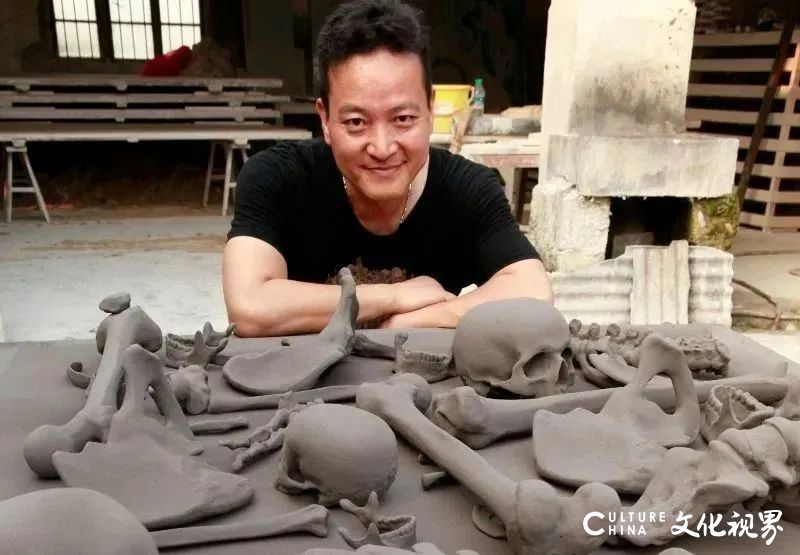
何汶玦
1970 出生于中国湖南
1989-1993 深圳大学现代艺术学士
1994-1997 中央美术学院第九届油画高研班
2003-2006 吉林艺术学院绘画硕士
He Wenjue
1970 Born in Hunan, China
1989-1993 Bachelor of Modern Art, Shenzhen University
1994-1997 The 9th Oil Painting Advanced Research Program of the Central Academy of Fine Arts
2003-2006 Master of Painting, Jilin University of Arts
湖南省油画学会副主席,中国美术家协会会员,中国油画家学会会员。何汶玦的艺术与当下时代风潮紧密结合,却弥漫着一股个性的特征。他的创作以一种艺术贴近世俗生活的姿态,却总能将我们从所能看见和认可到的世界,引领到了一个掩藏的不可预知的广袤空间。他的作品在中国以及印度尼西亚、西班牙、意大利、韩国、德国、比利时、奥地利、马来西亚、美国、瑞士、法国和英国等国家的许多机构展出。作品公共收藏于中国以及比利时、印度尼西亚、瑞士、西班牙等多家重要美术馆。
He is currently the vice president of Hunan Oil Painting Society, a member of China Artists Association and a member of China Oil Painting Society. He Wenjue’s art, while reflecting contemporary society, is also characterized by a unique and personal style. His creations bring art close to life, while guiding the viewers from a familiar and recognizable dimension to a hidden and unpredictable vast space. His works have been displayed in many institutions both in China and in other countries including Indonesia, Spain, Italy, South Korea, Germany, Belgium, Austria, Malasia, US, Switzerland, France and UK. His works are collected by Museums in China and abroad including Belgium, Indonesia, Switzerland, Spain, etc.
